From the Classroom – What STEM Looks like in Barbreck
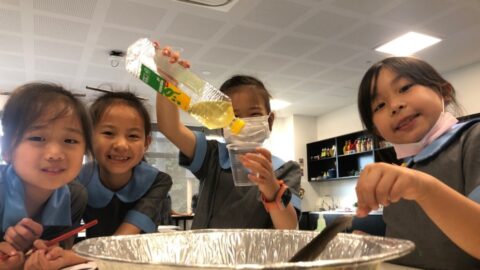
In Australian schools, STEM has been a bit of a buzz word for some years now, however it is actually a fundamental part of the Australian curriculum.
You are most likely aware that STEM includes the learning areas of Science, Design and Technologies, Digital Technologies, as well as Mathematics and cross-curricular capabilities such as ethical, critical and creative thinking.
There has been a lot of research that shows “girls’ perceptions of, and engagement in STEM, are strongly influenced by both parents and teachers.” This is why the Victorian Government has developed curriculum with such a strong “emphasis on developing STEM skills in the early years so that children feel positive and enthusiastic about STEM, leading to increased interest and achievement later in life.” (Source: Australian Government’s Advancing Women in STEM Strategy, 2019)
But what does STEM look like in a Barbreck classroom?
What do all these fancy (but important) words and strategies of governments mean to our girls?
Broadly, it means our girls have the opportunity to engage with a relevant, exciting and hands-on Science program, incorporating the use of technologies, mathematics, engineering design and real-world problem solving.
Day to day in Barbreck this means:
- Girls in Prep are learning about the role of shelter in survival, investigating the shapes and materials used in shelters, and then building their own.
- Girls in Year 1 are learning about the features of living creatures, creating algorithms for building a worm house and then building one.
- Girls in Year 2 are learning about mixtures and how to separate them. Recreating an oil spill and devising a method to remove the oil from the water and affected bird feathers. The girls will also make a video describing their solution and how this could be applied to the real world.
- Girls in Year 3 are learning how heat energy is produced and how it moves. They are also designing and making something to put on a water bottle to keep the contents super cool, using recycled or repurposed materials. The girls will evaluate and refine their prototype and advertise their design.
- Girls in Year 4 are learning how landscapes change over time. They are creating a landform scene and filming a video showing how the landforms weather away and erode with water.
- Girls in Year 5 are extending their inquiry skills in both Science and Engineering, designing food packaging and designing experiments looking at the development of mould in sandwiches.
And this is just Term 1! There is so much more fun and learning to come!!
I feel so honoured to be working at a school like St Catherine’s which is helping to build a workforce of women who will be “empowered to make scientifically informed decisions and take advantage of the opportunities of the jobs of the future.” (Source: Australian Government’s Advancing Women in STEM Strategy, 2019)
Please note that Year 6 STEM is expertly taught by Ms Vanessa Jackson-McRae, Head of Science, Senior School as part of St Catherine’s Academic Transition Program. Further information is available here.
-

Year 1: Creating algorithms for building a worm house, and then building a worm house (Science and Digital Technologies) 2
-
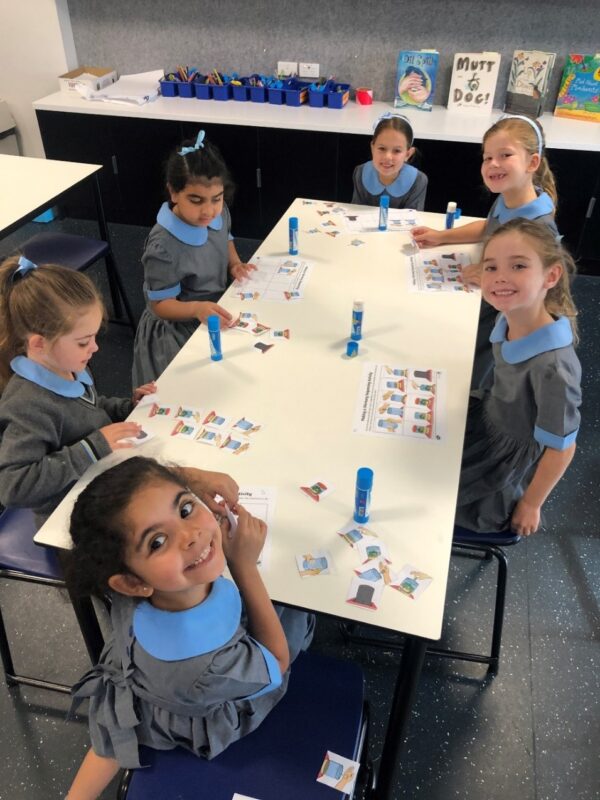
Year 1: creating algorithms for building a worm house, and then building a worm house (Science and Digital Technologies)
-

Year 2: Applying their knowledge of separating mixtures and cleaning up an oil spill (Science and Design and Technologies) 2
-
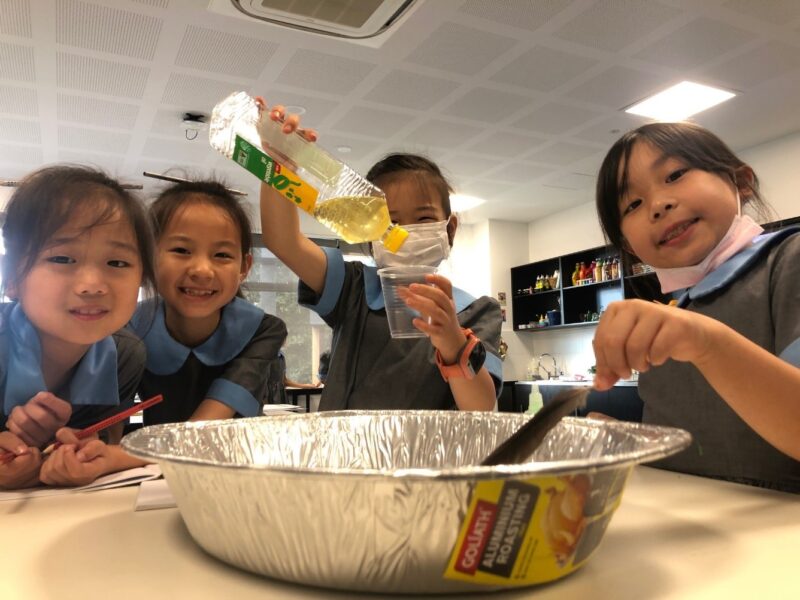
Year 2: Applying their knowledge of separating mixtures and cleaning up an oil spill (Science and Design and Technologies)
-
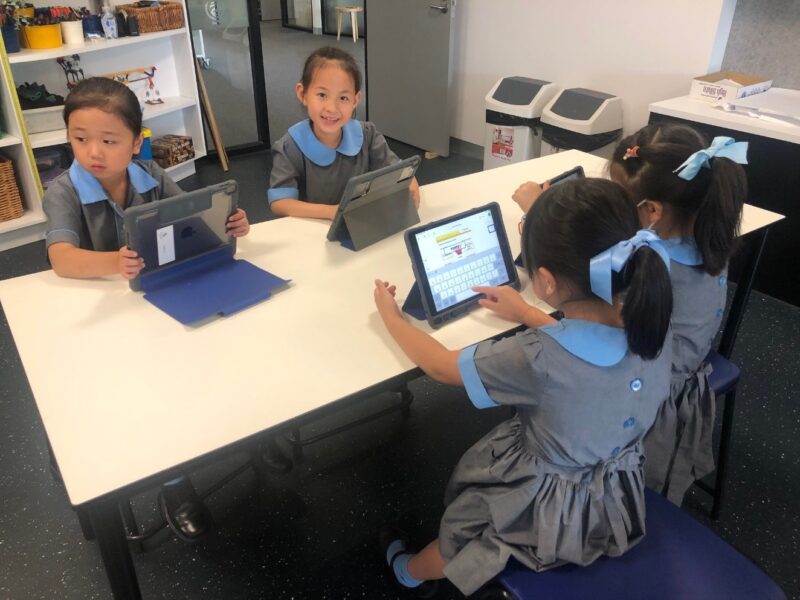
Year 2: Investigating separating mixtures and recording findings (Science and Digital Technologies) 2
-

Year 2: Investigating separating mixtures and recording findings (Science and Digital Technologies)
-

Year 3: Applying their knowledge of insulators to design a container that keeps water super cool (Science and Design and Technologies) 2
-

Year 3: Applying their knowledge of insulators to design a container that keeps water super cool (Science and Design and Technologies) 3
-
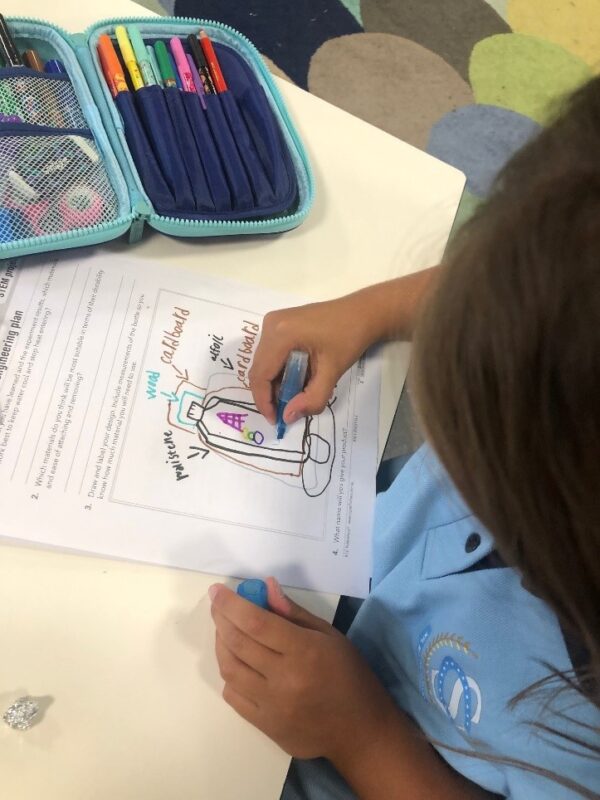
Year 3: Applying their knowledge of insulators to design a container that keeps water super cool (Science and Design and Technologies)
-

Year 4: Investigating how water can cause erosion and change a landscape (Science) 2
-
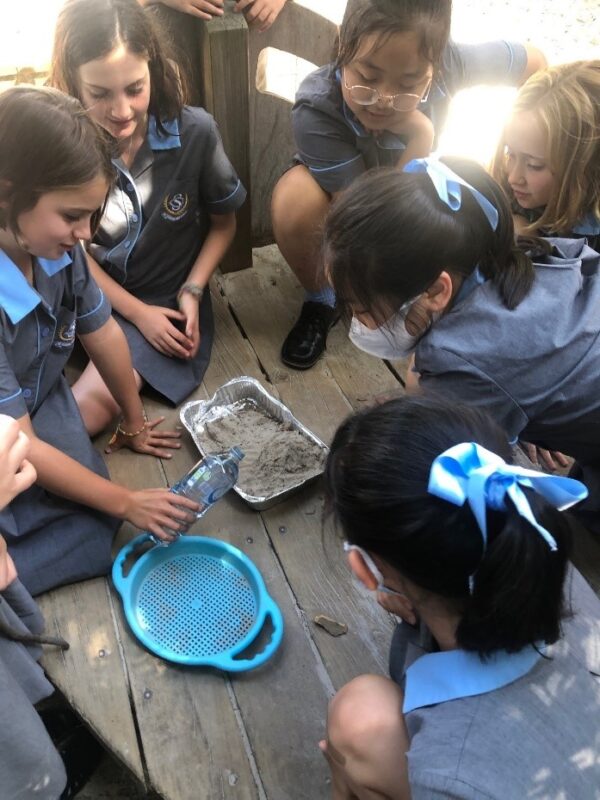
Year 4: Investigating how water can cause erosion and change a landscape (Science) 3
-

Year 4: Investigating how water can cause erosion and change a landscape (Science) 4
-

Year 4: Investigating how water can cause erosion and change a landscape (Science)


